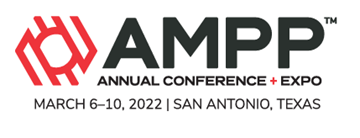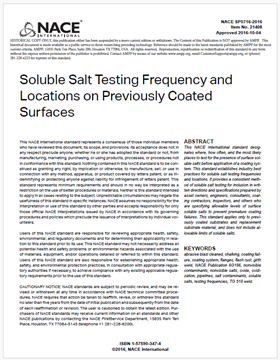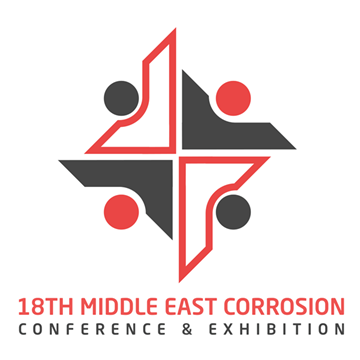Search
Products tagged with 'oxidation'
View as
Sort by
Display
per page
Laser Cleaning For Surface Preparation For Pre-Weld And Pre-Bonding Applications
Product Number:
51322-18182-SG
Publication Date:
2022
$20.00
NACE SP0716-2016, Soluble Salt Testing Frequency and Locations on Previously Coated Surfaces
Product Number:
21409-SG
Publication Date:
2016
$179.00
New Thermal Management Raw Materials Platform Gives Flexibility to Develop Next Generation Thermal Insulation Coatings (TIC) with Improved Performance
Product Number:
51324-20913-SG
Publication Date:
2024
$40.00
Novel Composite Overlay for High Temperature Corrosive/Wear Applications
Product Number:
51324-20925-SG
Publication Date:
2024
$40.00
Oxidation and Hydrogen Embrittlement Behavior of Several Additively Manufactured Ni-Based Superalloys
Product Number:
51324-21117-SG
Publication Date:
2024
$40.00
Oxidation Of Welded Materials In High Temperature Supercritical Carbon Dioxide
Product Number:
51321-16961-SG
Publication Date:
2021
$20.00
Reformer Pigtail Degradation Over 49 Years’ Service: A Case Study
Product Number:
MECC23-20234-SG
Publication Date:
2023
$20.00
Technical Paper: Petroleum-Based Corrosion Inhibitor
Product Number:
41206-268-SG
Publication Date:
2006
$20.00
Understanding the Effect of Water Chemistry and Surface Grinding on the Stress Corrosion Cracking Initiation of Filler Metal 82
Product Number:
ED22-17143-SG
Publication Date:
2022
$20.00









